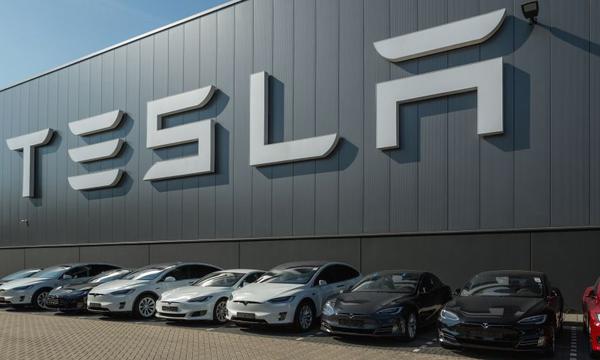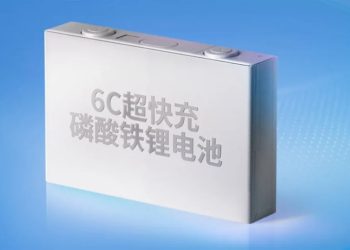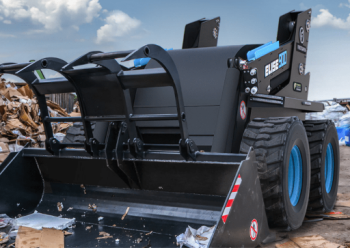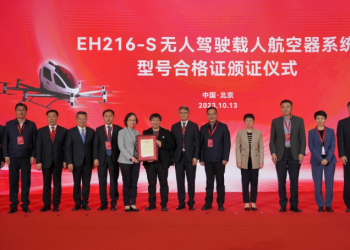The Californian company, Tesla explained how it managed to avoid the global shortage of microchips that, according to reports from the Intel company, now says could last several more years.
Due to the Covid-19 pandemic, the demand for electrical products has been on the rise and supply chains fell short of their offerings, especially the semiconductor industry.
The shortage of microchips, in turn, affected the automotive industry, which has increasingly become a large consumer of microchips. For that reason, several automakers had to stop production until the chip supply could catch up.
Pat Gelsinger, CEO of Intel, one of the largest semiconductor companies, recently said it could take the industry a “couple of years” to catch up with growing demand.
Tesla was also hit by the chip shortage.
During Tesla’s first quarter 2021 earnings report, CEO Elon Musk said that Tesla had a very significant supply chain problem, mentioning a shortage of chips and even comparing Tesla’s logistical difficulties with the logistical challenges of the Second World War.
Tesla uses various chips inside its vehicles for different control systems and its information system. Most famously, the automaker uses a chip that it designed for its autonomous driving software and is produced by Samsung.
It may also interest you: Hydrogen Tech Talk: Forze advance in the IX vehicle with this ejector
Tesla revealed that it managed to avoid being too affected by chip shortages by turning to microcontrollers and developing new firmware (computer program that establishes the lowest-level logic that controls the electronic circuits of a device) to work with new chips from different vendors.
“In Q1, we were able to navigate through global chip supply shortage issues in part by pivoting extremely quickly to new microcontrollers, while simultaneously developing firmware for new chips made by new suppliers,” he explained. the company.
The automaker noted that supply chain issues could still affect them for the next few quarters, however Tesla only had to shut down its factory for a few days last quarter, compared to the long run times other automakers had to slow down its production.
Written by | Gabriel Sayago











